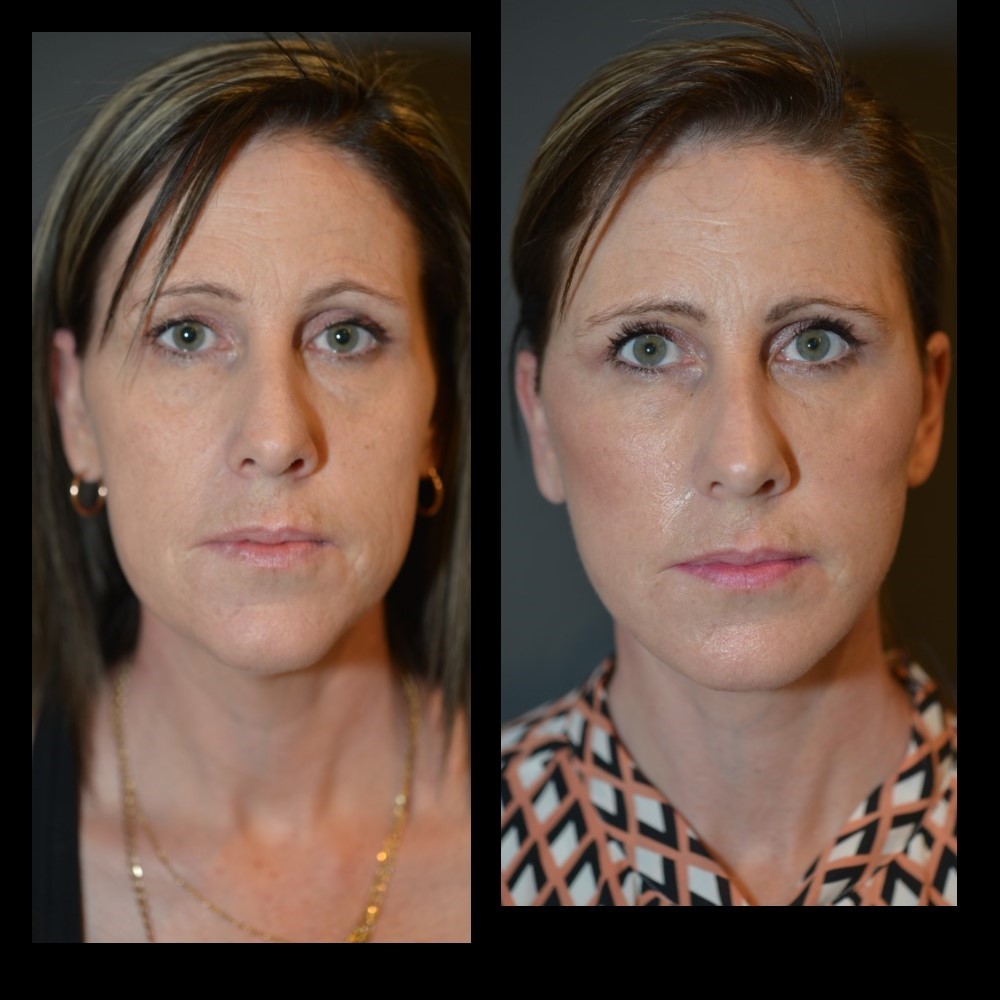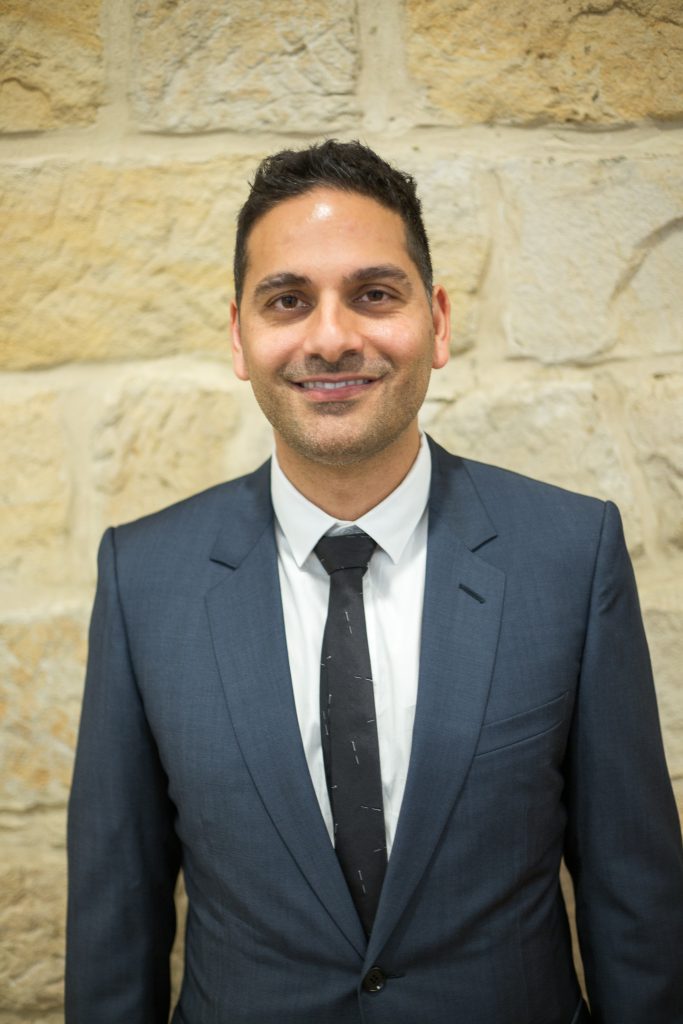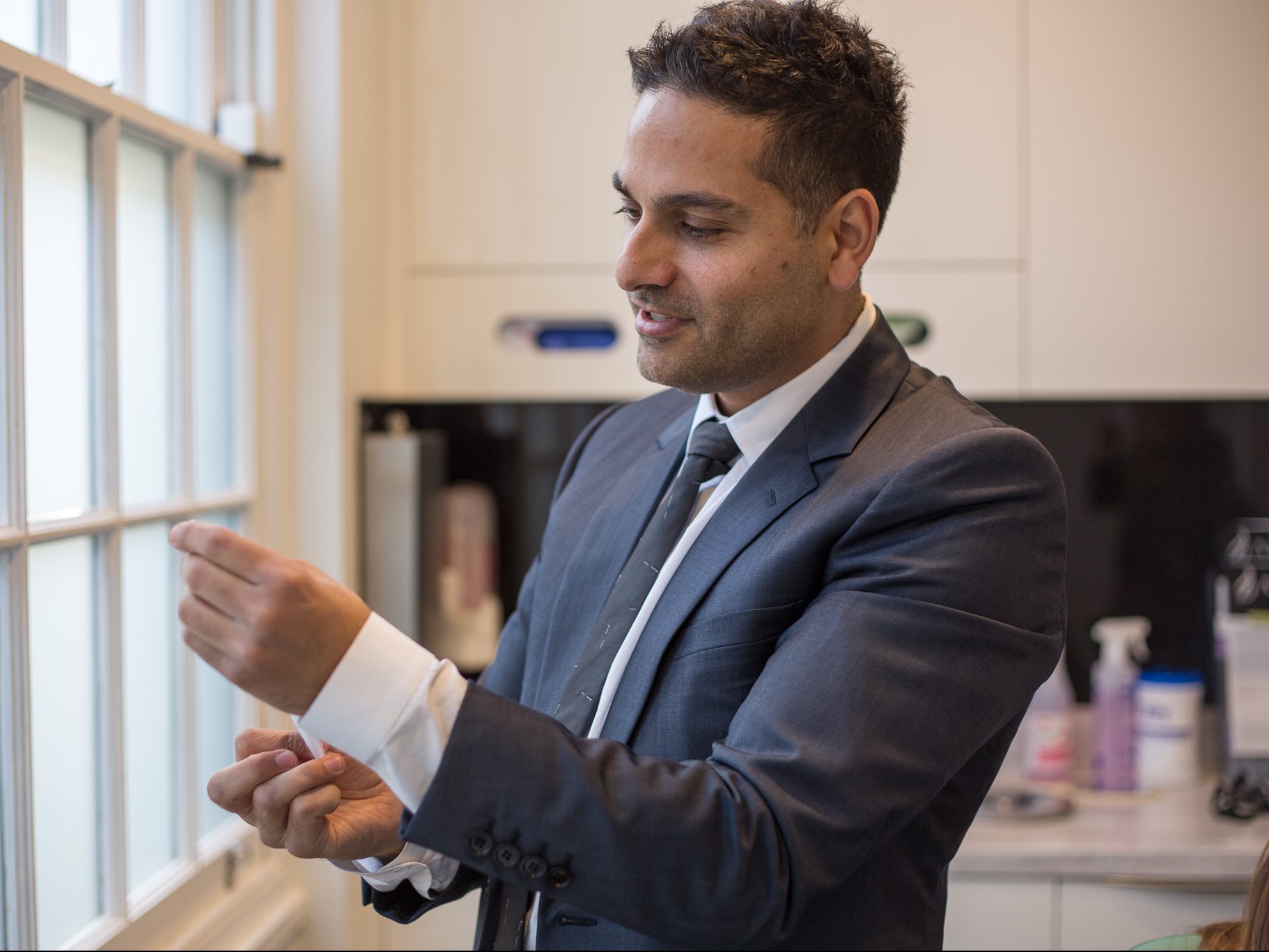Dr Jack Zoumaras, a Sydney-based plastic surgeon, has warned Australians to avoid “injectable” treatments by “unqualified” personnel in beauty salons and clinics.
Dr Zoumaras, the lead surgeon at Artiste Plastic Surgery, believes that in an ideal world non-surgical treatments such as Botox and fillers should only be provided by plastic surgeons, or under the supervision of plastic surgeons, as only they have “undertaken the training required to ensure a thorough understanding of the deep and superficial structures of the face and body”.
He acknowledges that dermatologists and other specialists who deal with aesthetics are also qualified to carry out such treatments as they have achieved acceptable minimum standards of training in facial aesthetics, but stresses “GPs, nurses, beauty salon/clinic staff and the like” have not.
“GPs are an exception if they receive training on an on-going basis, ideally by a specialist plastic surgeon,” he says.
“A weekend course in injectables does not really stand up against the expertise of a plastic surgeon who has trained for over a decade in anatomy, structure and function of the facial muscles and is regulated by industry bodies such as The Royal Australasian College of Surgeons, Australian Society of Aesthetic Plastics Surgeons and the Australian Society of Plastic Surgeons,” he says.
“Going to a plastic surgeon for botox or fillers is the only way a patient can be assured of the highest standards – a beauty salon/clinic simply cannot promise/deliver the same standards.”
He says this was evidenced by the number of patients he and his colleagues saw with problems created by inadequately qualified/experienced injectors – and the increasing number of women with “large lips or puffy faces”.

“These ‘clones’ are created by inexperienced injectors who camouflage facial ageing with inappropriate repeat injecting,” he says. “An unnatural looking face with large lips or a puffy face is a key indicator that the injector does not understand the causes of facial ageing.
“You cannot blame the client/patient. It is up to the injector to understand the causes of facial ageing and advise the client/patient on the normal/desirable ratio and proportions of their lips and cheeks.”
However, Dr Zoumaras argues, that, even when performed by a plastic surgeon, injectables cannot hide visible ageing indefinitely.

“There does come a time when filler will no longer provide desired results and the only way to avoid the ‘puffy look’ is to undergo surgery” he explains.
“Contrary to popular opinion plastic surgery, in the form of a facelift, addresses the causes of facial ageing directly so the results are more natural.”
For example, although under-eye ‘bags’ can be “masked” by fillers temporarily, if an injector “over-fills and repeat-fills, the client will end up with a puffy face” but a facelift removes the excess skin, re-positions fat and tightens the orbital-malar ligament to correct the underlying ageing process and thus results in a more natural youthful look.
Nonetheless despite “the more natural youthful look” achieved by surgery nowadays, Dr Zoumaras believes that non-surgical procedures will continue to remain popular, largely due to the fact that consumers view them as a less invasive more natural, simple and socially acceptable options.
“Botox and fillers are provided by beauty clinics and are marketed as beauty treatments similar to facials,” he says, “but injectables are in fact, so much more involved than this as even a small change in the position of a needle can dramatically influence the results.”
www.artisteplasticsurgery.com.au

